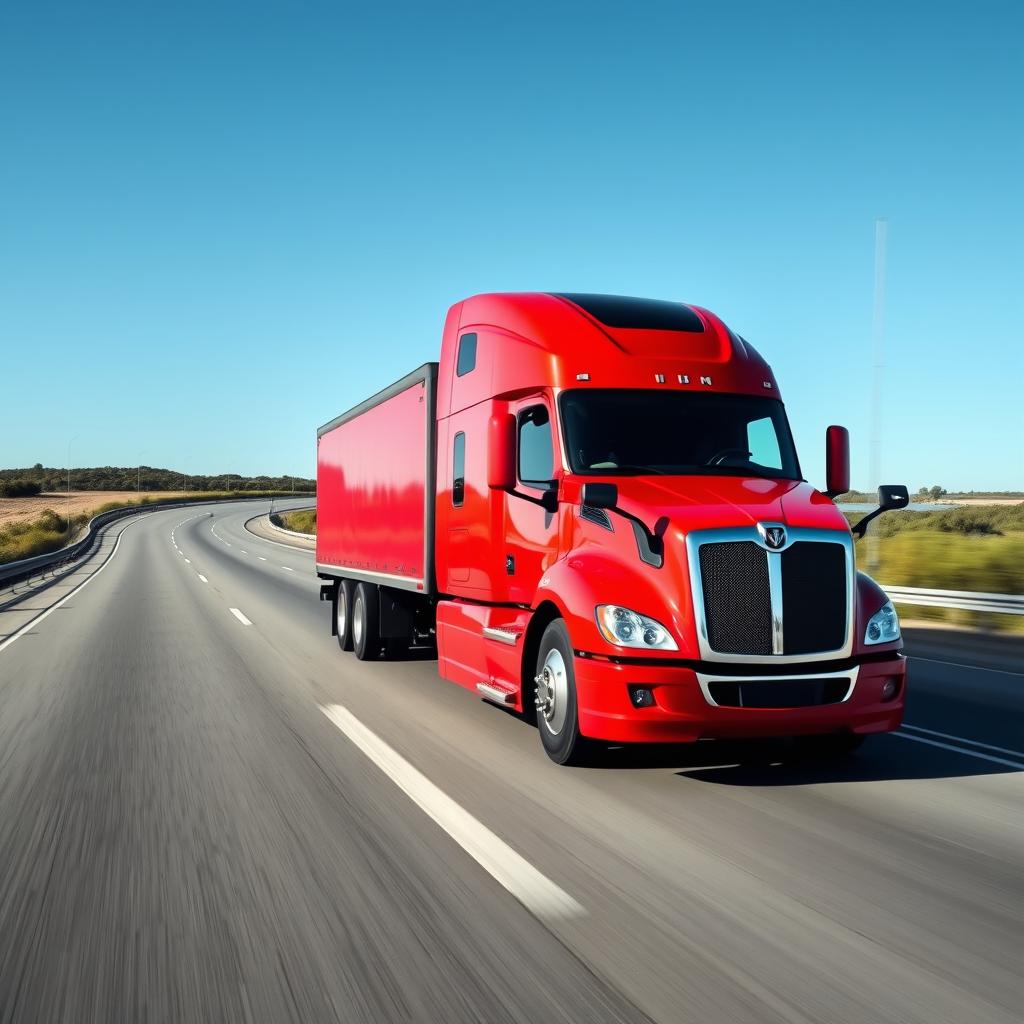The Transition to Paperless Trucking: Save Time and Money
The transportation industry is undergoing a dramatic digital transformation, and paperless trucking solutions are leading the charge. Gone are the days of shuffling through endless stacks of paper documentation, dealing with lost delivery receipts, or manually tracking driver hours. As more fleet operators embrace digital technologies, the benefits of going paperless become increasingly clear – from significant cost savings to improved efficiency and environmental impact.
Understanding Paperless Trucking: The Digital Revolution in Transportation
The concept of paperless trucking encompasses a complete digital transformation of traditional trucking operations. From electronic logging devices (ELDs) to digital freight matching and automated billing systems, modern technology is revolutionizing how trucking companies manage their operations.
According to the American Transportation Research Institute, administrative costs account for approximately 4% of a trucking company’s total operating expenses. By implementing paperless solutions, companies can dramatically reduce these costs while improving accuracy and efficiency.
Key Components of Paperless Operations:
• Electronic Bills of Lading (eBOL)
• Digital Proof of Delivery
• Automated Driver Logs
• Electronic Work Orders
• Digital Fleet Management Systems
• Mobile Apps for Drivers
Benefits of Implementing Paperless Trucking Solutions
Cost Savings
The financial benefits of going paperless are substantial. Companies can expect to save on:
• Paper and printing supplies
• Storage space and filing systems
• Administrative staff hours
• Document retrieval time
• Postage and shipping costs
Studies by the Environmental Protection Agency indicate that the average office worker uses 10,000 sheets of paper annually. In trucking operations, this number can be significantly higher due to multiple copies of shipping documents, driver logs, and maintenance records.
Improved Efficiency
Digital processes streamline operations by:
• Eliminating manual data entry
• Reducing document processing time
• Enabling real-time access to information
• Facilitating faster decision-making
• Improving communication between drivers and dispatch
Enhanced Accuracy
Digital documentation reduces errors by:
• Eliminating illegible handwriting
• Preventing document loss
• Implementing automated data validation
• Maintaining consistent record formats
• Enabling instant error correction
Essential Tools for Transitioning to Paperless Operations
1. Electronic Logging Devices (ELDs)
ELDs have become mandatory for most commercial trucks, serving as the foundation for paperless operations. These devices automatically record driving time and monitor engine hours, vehicle movement, and miles driven.
2. Transportation Management Systems (TMS)
A robust TMS acts as the central hub for all digital operations, managing:
• Route planning and optimization
• Load tracking
• Customer communications
• Billing and invoicing
• Performance analytics
3. Mobile Applications
Driver-focused apps enable:
• Digital document capture
• Real-time communication
• Route navigation
• Electronic proof of delivery
• Expense tracking
Implementation Strategy: Making the Transition
Step 1: Assessment and Planning
• Evaluate current paper-based processes
• Identify pain points and inefficiencies
• Set clear objectives and timelines
• Calculate potential ROI
• Determine budget requirements
Step 2: Technology Selection
• Research available solutions
• Compare features and pricing
• Check compatibility with existing systems
• Evaluate vendor support options
• Read user reviews and testimonials
Step 3: Training and Implementation
• Develop a comprehensive training program
• Start with a pilot program
• Gradually phase out paper processes
• Monitor adoption and address concerns
• Gather feedback for improvements
Overcoming Common Challenges
Resistance to Change
Many drivers and staff members may initially resist new technology. Address this by:
• Providing thorough training
• Demonstrating clear benefits
• Offering ongoing support
• Celebrating early successes
• Gathering and acting on feedback
Technical Hurdles
Common technical challenges include:
• Integration with existing systems
• Internet connectivity issues
• Device management
• Data security concerns
• Software updates and maintenance
According to a recent study by the American Trucking Associations, companies that successfully implement paperless solutions typically see a return on investment within 6-12 months.
Best Practices for Maintaining a Paperless System
1. Regular System Updates
• Keep software current
• Monitor system performance
• Address issues promptly
• Implement security patches
• Maintain backup systems
2. Ongoing Training
• Schedule regular refresher courses
• Train new employees thoroughly
• Document procedures
• Share best practices
• Encourage peer support
3. Performance Monitoring
• Track key performance indicators
• Measure cost savings
• Monitor error rates
• Analyze efficiency improvements
• Gather user feedback
Conclusion: Taking Action
The transition to paperless trucking operations represents a significant opportunity for transportation companies to reduce costs, improve efficiency, and stay competitive in an evolving industry. The initial investment in time and resources is quickly offset by the substantial benefits of digital operations.
Ready to begin your journey toward paperless trucking? Contact our team of experts at +1 206-337-4787 to learn how we can help you implement the right paperless solutions for your business. We’ll guide you through each step of the process, ensuring a smooth transition that maximizes your return on investment while minimizing disruption to your operations.
Don’t let paper-based processes hold your business back. Take the first step toward a more efficient, cost-effective future by embracing paperless trucking solutions today. Your drivers, staff, and bottom line will thank you.







